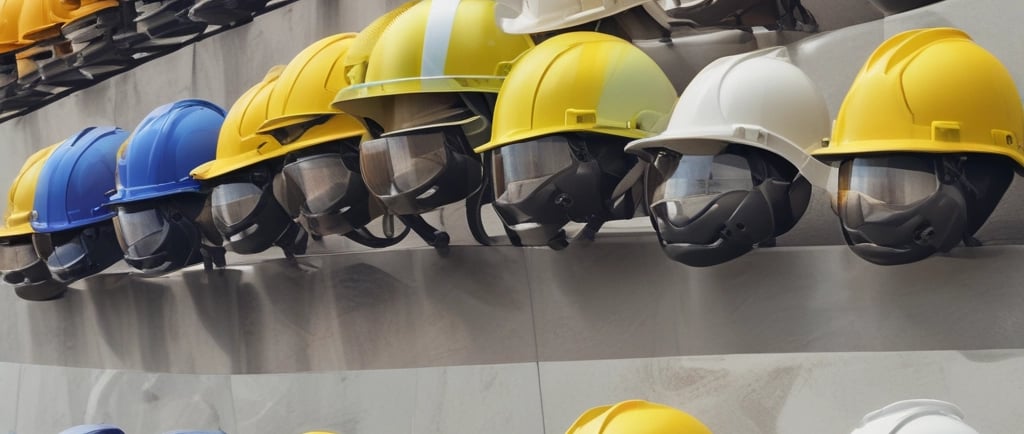Safety Healmet
Blog post description.
6/20/20252 min read


My post content
When it comes to working with heavy equipment, safety is of paramount importance. One of the most critical pieces of personal protective equipment (PPE) that workers must don is the safety helmet. This indispensable gear serves as the first line of defense against potential head injuries that could arise from various hazards in industrial and construction environments. Safety helmets are designed with several key features that enhance their protective capabilities. They typically possess a hard outer shell, made from durable materials such as high-density polyethylene (HDPE) or fiberglass, which provides robust protection against impact and penetration. Inside the hard shell, an inner foam liner absorbs shock and reduces the risk of serious injury upon impact, ensuring that the force does not transmit directly to the skull. In many industries, the risks of head injuries are prevalent due to falling objects, collision with fixed structures, and even falls from heights. For instance, in construction sites, tools or materials can easily drop from scaffolding or be inadvertently dislodged by workers operating heavy machinery. A safety helmet acts as a protective barrier, significantly decreasing the likelihood of severe injuries. Moreover, modern safety helmets come equipped with various features to enhance comfort, visibility, and functionality. Many models include adjustable straps and padding to ensure a snug and comfortable fit, accommodating different head sizes. Additionally, options such as chin straps prevent the helmet from falling off during active movements, ensuring consistent protection throughout the workday. In terms of visibility, some helmets are constructed with high-visibility colors or reflective strips, making workers more conspicuous to colleagues and operators of heavy machinery. This is particularly important in high-traffic areas where machinery is constantly in operation, helping to prevent accidents that could occur from unnoticed personnel. Another significant advancement in safety helmets pertains to ventilation systems integrated into their designs. Workforce environments can get unbearably hot, especially on construction sites or industrial settings. Adequate ventilation helps to regulate temperature, allowing for a comfortable workspace without compromising safety. In addition to the physical protection provided, safety helmets foster a culture of safety among workers. The visible presence of helmets signals a commitment to safety standards and conveys an understanding that head protection is not just an option but a necessity. Organizations that prioritize the use of helmets tend to experience lower rates of workplace injuries, improving overall productivity and worker morale. It's crucial to note that safety helmets must meet specific regulatory standards, such as those set by the American National Standards Institute (ANSI) or the Occupational Safety and Health Administration (OSHA) in the United States. These standards guide the design, testing, and use of safety helmets to ensure adequate protection in work environments. Employers must ensure that the helmets provided are compliant with these safety standards, as using subpar or unverified equipment can expose workers to unnecessary risk. Maintenance of safety helmets is another important aspect to consider. Regular inspections should be conducted to check for any signs of damage, such as cracks in the shell, worn-out padding, or malfunctioning straps. Depending on the work environment and usage, helmets should typically be replaced every three to five years, or sooner if they have been subjected to a significant impact. In conclusion, safety helmets are an essential element of personal protective equipment in heavy equipment operations and related industries. They provide crucial protection against head injuries, promote safety awareness, and support the establishment of a safe working environment. Workers and employers alike must recognize the importance of wearing helmets consistently and maintaining them in good condition to safeguard against potential hazards. Investing in reputable, high-quality safety helmets is not merely a regulatory obligation but a moral imperative that demonstrates care and commitment to worker safety.
EAST MAAD
Your guide to safety and maintenance.
CONTACT US:
|📞+966565612138
| ✉ info@eastmaad.com
|🌐 www.eastmaad.com
© 2025. All rights reserved
QUICK LINK: